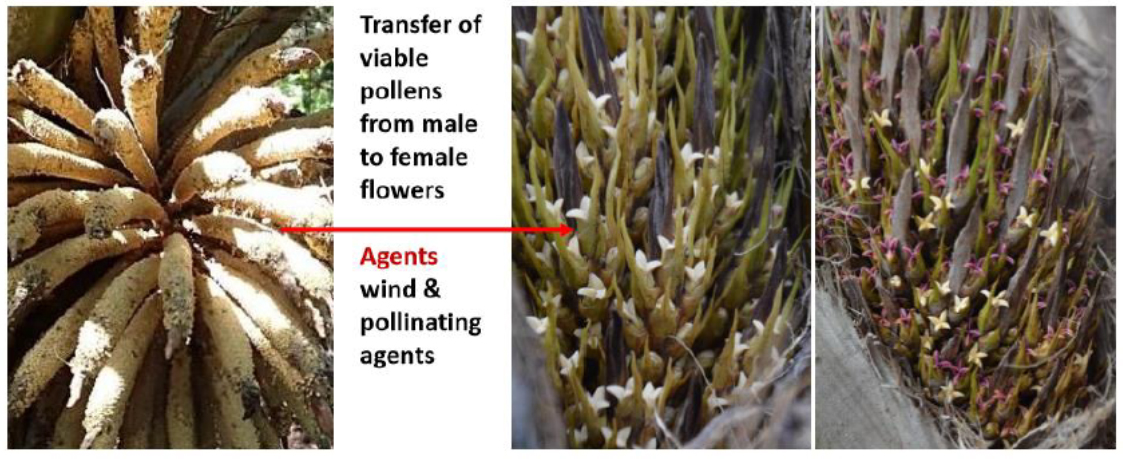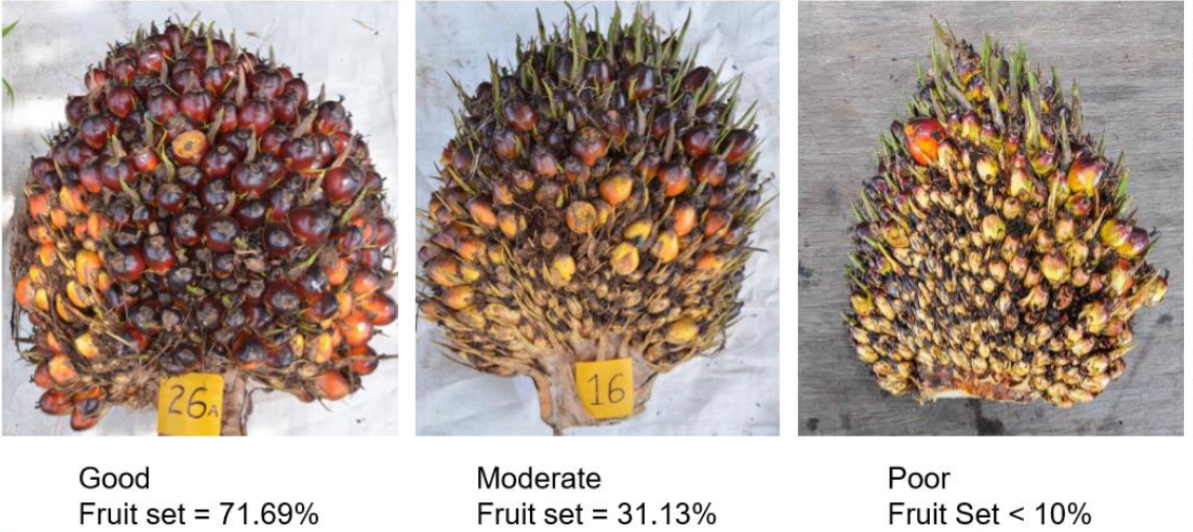As demand for palm oil continues to rise, and the option to grow more palm may seem obvious. Yet, the more sustainable answer is to increase the output and efficiency.
The majority of palm oil is grown in Malaysia, Indonesia, and Thailand with growing markets in Central and South American countries.
Why boron?
Standard NPK fertilizers are important, but plants are also in need of essential micronutrients, most commonly boron. Better plantation management and plant husbandry have served to satisfy yield expectations, but these practices also make more boron-related demands on the palms and the land. This is specific to clonal varieties, bred for the high fruiting performance require, and removes more boron from the soil.
Micronutrients are the tiny superheroes of a good fertilizer mix but do pose some limiting factors due to their parts-per-million soil concentrations. A shortage of these essential micronutrients leads to deficiency symptoms and major yield shortages. In addition to its own benefits, boron also acts as a catalyzer for most other plant nutrients including nitrogen, phosphorus, potassium, magnesium, and zinc.
Boron is just as important to the planter as any other nutrient input. In addition to playing a significant role in cell wall strength and membrane function, research has shown boron deficiency reduced pollen germination and viability. In the image below:
- Anthesising period: 1 – 5 days
- High pollination activity at day 2

Source: Dr. Ramle Moslim
What happens when boron is lacking?
Boron deficiency can present in multiple ways for palm oil, including:
- Hook leaf
- Fascination
- The inability for pinnae to expand
- Leaflet shatter
- “Blind leaf”
- “Fishbone leaf”
- The breakdown of the growing point results in a dry heart rot
And, perhaps most critically for a grower looking to increase yield, fruit set is poor when the plant does not get enough boron:

Source: Dr. Ramle Moslim
When boron is lacking, the signs are hard to miss, but by this point, it’s already too late. To properly prevent boron deficiency, steps can be taken during your regular nutrition application. Contact your local agronomist to learn about dosage requirements. Recommendations depend on planting materials, soil type, leaf/foliar analysis, and soil analysis.
Correcting boron deficiency in oil palm
Most available boron in soils is found in organic matter. Sandy soils, often found in Indonesia, Malaysia, and Brazil, that are well-drained are most likely to be boron deficient in high rainfall situations because of their more significant leaching potential.
Research has shown that available boron in soils can be determined simultaneously with other nutrients by these routine soil test methods.
U.S. Borax offers several products to accommodate your operation.
- Fertibor® for direct soil application and Granubor®—a granular borate—can be applied either alone or in conjunction with NPK granular blends and can be used every six months.
- Solubor® is a soluble borate delivered at seeding or in young palm seedlings. Solubor can also be mixed with insecticides or fungicides and is commonly used in nurseries in three to four applications. A preventative application of boron can be carried out during the fourth, eighth, and tenth months after germinations. For seeding, we recommend doing a spray test on several seeds to find out the appropriate dosage of fertilizers before application to all plants in the nursery.
Increase your crop’s efficiency by working with your regional U.S. Borax representative.
Resources